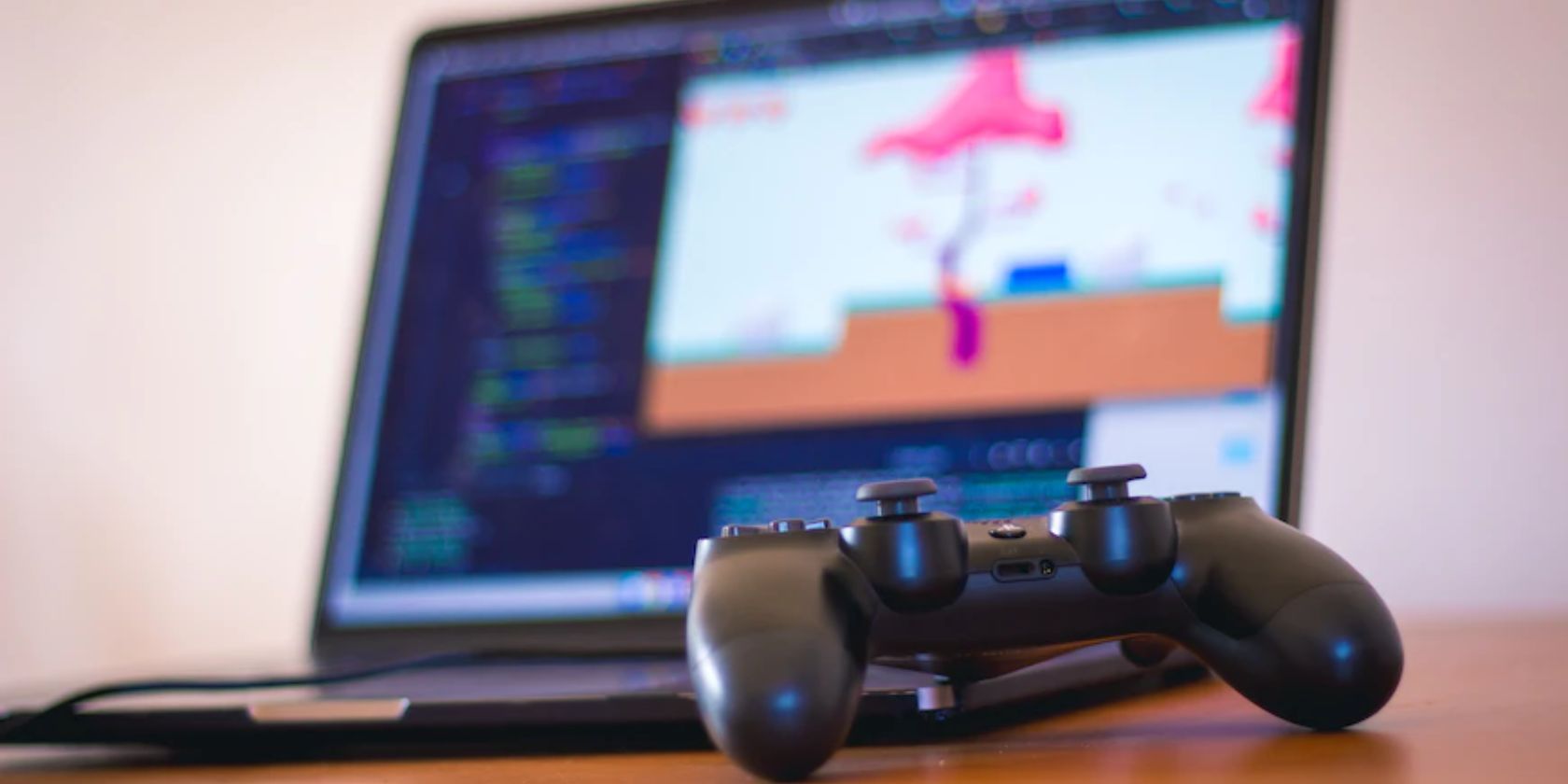Arcade is a popular Python library you can use to create 2D arcade games. It is an easy-to-use library that provides a simple framework for creating games with Python.
One of the essential components of any game is player movement.
Creating a Simple Game in Arcade
You can find the complete code in this GitHub repo.
Before starting, make sure you have pip installed on your device. Use this command to install the arcade library:
pip install library
After that, create a Player class as a subclass of the arcade.Sprite class, and a MyGame class as a subclass of arcade.Window. The MyGame class will have methods to set up the game objects, render them on screen, update the game state, and handle user inputs. The code for creating the game screen and player object is as follows:
import arcade
SCREEN_WIDTH = 800
SCREEN_HEIGHT = 600
class Player(arcade.Sprite):
def __init__(self):
super().__init__("player.png", 0.5)
self.center_x = SCREEN_WIDTH // 2
self.center_y = SCREEN_HEIGHT // 2
class MyGame(arcade.Window):
def __init__(self):
super().__init__(SCREEN_WIDTH, SCREEN_HEIGHT, "My Game")
self.player = None
arcade.set_background_color(arcade.color.BLACK)
def setup(self):
self.player = Player()
def on_draw(self):
arcade.start_render()
self.player.draw()
def update(self, delta_time):
pass
MyGame().run()
Adding Player Movement With Keyboard Input
Now that you have created the game screen and player object, you can move the player in response to keyboard input. Define the on_key_press() and on_key_release() methods, which you will call when the player presses or releases a key.
def on_key_press(self, key, modifiers):
if key == arcade.key.LEFT:
self.player.change_x = -5
elif key == arcade.key.RIGHT:
self.player.change_x = 5
elif key == arcade.key.UP:
self.player.change_y = 5
elif key == arcade.key.DOWN:
self.player.change_y = -5
def on_key_release(self, key, modifiers):
if key == arcade.key.LEFT or key == arcade.key.RIGHT:
self.player.change_x = 0
elif key == arcade.key.UP or key == arcade.key.DOWN:
self.player.change_y = 0
When adding player movement with keyboard inputs, you can customize the movement speed by changing the value assigned to self.player.change_x and self.player.change_y. You can also add conditions to restrict player movement within the game screen.
Adding Player Movement With Mouse Input
In addition to keyboard inputs, you can also add player movement using mouse input. Define the on_mouse_motion() method, which will run when the player moves the mouse. Inside the method, set the center_x and center_y properties of the player object to the current mouse position.
def on_mouse_motion(self, x, y, dx, dy):
self.player.center_x = x
self.player.center_y = y
When adding player movement with mouse input, you can customize the player object's behavior when the user clicks or holds down their mouse by defining methods such as on_mouse_press() or on_mouse_drag(). You can use these methods to trigger player actions such as shooting or jumping, depending on the game mechanics.
Introducing Additional Features
You can further enhance player movement by taking acceleration and deceleration into account. Modify the on_key_press() method to subtract or add to the change_x and change_y properties of the player object, depending on the direction of movement. Also set the change_x and change_y properties to 0 in the on_key_release() method, as before.
def on_key_press(self, key, modifiers):
if key == arcade.key.LEFT:
self.player.change_x -= 5
elif key == arcade.key.RIGHT:
self.player.change_x += 5
elif key == arcade.key.UP:
self.player.change_y += 5
elif key == arcade.key.DOWN:
self.player.change_y -= 5
def on_key_release(self, key, modifiers):
if key == arcade.key.LEFT or key == arcade.key.RIGHT:
self.player.change_x = 0
elif key == arcade.key.UP or key == arcade.key.DOWN:
self.player.change_y = 0
Just like PyGame, you can also add collision detection between the player object and other game objects, such as enemies or obstacles in arcade. You can achieve this by adding the following code to the update() method of the MyGame class:
def update(self, delta_time):
self.player.update()
# Check for collisions between player and other game objects
collisions = arcade.check_for_collision_with_list(self.player, self.enemy_list)
for collision in collisions:
collision.kill()
Make Engaging Games With Interactive Player Movement
Interactive player movement is a crucial aspect of any engaging game. The use of different types of movement mechanics such as jumping, running, flying, and sliding can add variety and excitement to the game.
Giving players control over their movement adds a sense of agency and immersion, which can lead to a more satisfying gaming experience.

